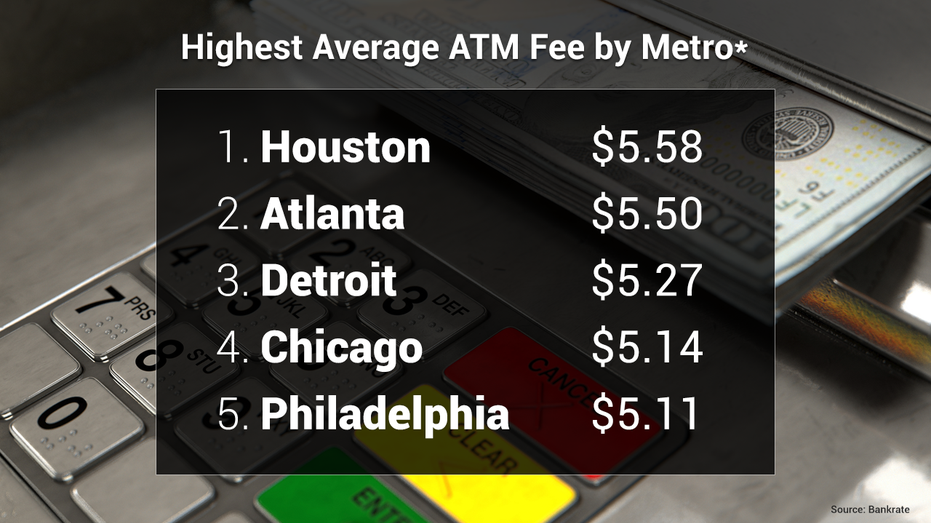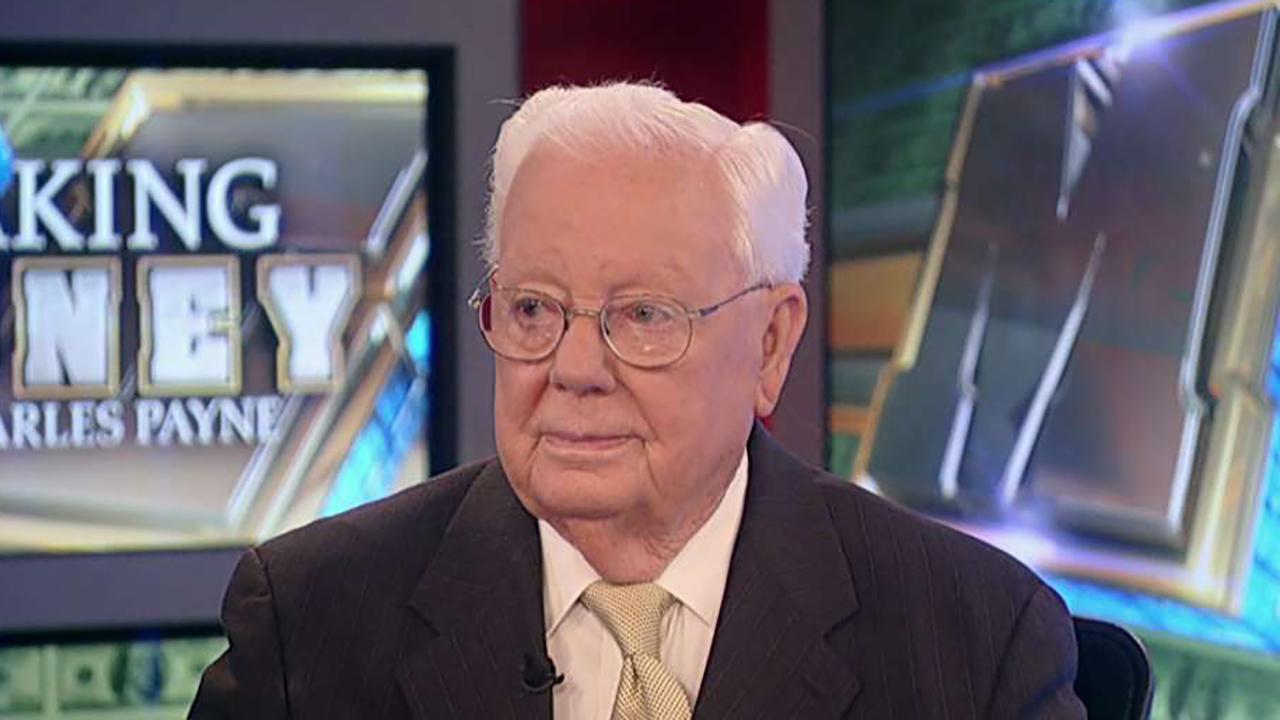Why bank ATM fees are now higher than ever (And what it could cost you)
If you often grab cash from the closest ATM while you are out and about without paying attention to the fine print of the out-of-network ATM withdrawal fee— now is a great time to start.
Hopefully you are one of the more and more Americans who have stopped wasting money on these out-of-network fees, which is the price you pay to take your money out of an ATM that doesn’t belong to your bank. But if you are not, you should know that by remaining in the club you are now paying more than ever to get your hands on your own money.
The cost of the average out-of-network ATM withdrawal has reached a new record high of $4.72, according to the latest Bankrate.com Checking Account and ATM Fee Study released on Wednesday. This all-in fee, which includes the ATM surcharge – the fee that ATM owners charge non-customers – as well as the penalty that banks charge their own customers to make out-of-network withdrawals, is up 33 percent over the last decade.
“Paying $5 in fees to get $50 out of the ATM, is giving up 10% of your money,” Greg McBride, chief financial analyst at Bankrate.com, told FOX Business. “You could borrow a lot cheaper than 10 percent, so paying 10 percent to get at your own money is needless when the fees could be so easily avoided by planning ahead.”
Why fees keep going up

McBride says one bright spot to the research is the fact that over the years fewer and fewer Americans are making out-of-network ATM withdrawals, but because of this the fees continue to rise to make up for the difference.
"People are making fewer ATM withdrawals -- and being smarter about it when they do, so the number of people being impacted is on the decline. Unfortunately that means that those that are still making out-of-network ATM withdrawals, they are paying higher fees," says McBride.
"Throwing money away"

Sloppy financial habits will put you in the poor house.
McBride says paying ATM fees a few times a month won’t likely leave you broke in the short term, but it can signal bigger financial problems.
"That sloppiness is potentially symptomatic of other financial issues. In other words, paying $5 for an out out-of-network ATM fee once or twice a month by itself is not going to put you in the poor house. But, sloppy financial habits will put you in the poor house," McBride says.
Another type of fee on the rise, the cost of overdrawing a checking account increased for the 19th time in 21 years. The current average cost for non-sufficient funds (NSF) sits at $33.36, just shy of the record of $33.38 set in 2017.
“The small dollars add up to bigger dollars when you look at the various ways you may be throwing money away,” McBride added.
ATM fees vary by region
Houston has the highest average out-of-network ATM fee of the 25 major metro areas examined in the study ($5.58), while Los Angeles has the lowest ($4.15).


*Reflects both ATM fees combined (those charged by the out-of-network ATM operator and those charged by the consumer's own financial institution)
GET FOX BUSINESS ON THE GO BY CLICKING HERE
More findings from Bankrate's 2019 study
- The fee assessed by the ATM owner on a non-customer increased to a new record of $3.09, while the fee charged by the account holder's own bank for using another institution’s ATM decreased slightly to $1.63.
- The current average overdraft fee sits at $33.36, just shy of the record of $33.38 set in 2017.
- Houston has the highest average out-of-network ATM fee of the 25 major metro areas examined ($5.58), while Los Angeles has the lowest ($4.15). Philadelphia has the highest average overdraft fee ($35.50) and Cincinnati has the lowest ($30.95).
- 99 percent of non-interest checking accounts are either free by default or can become free, however less than half (42 percent) are free without stipulation.




















